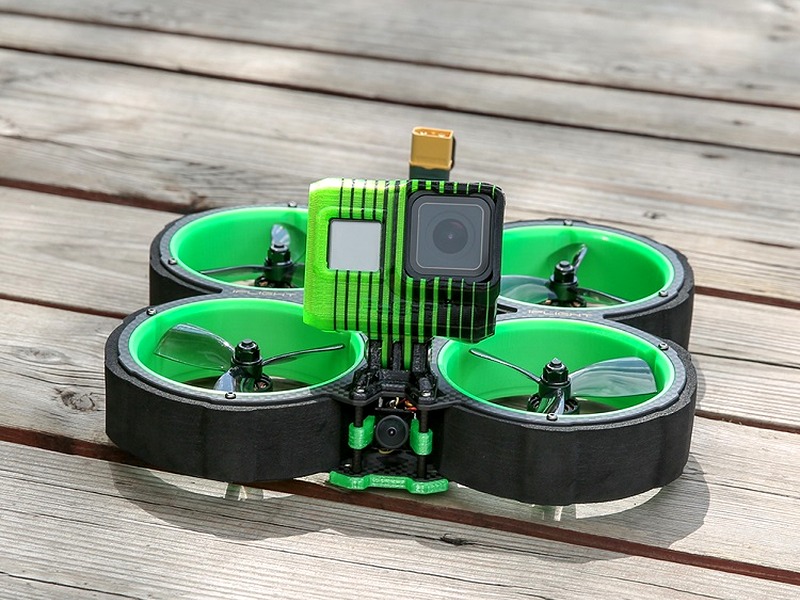How high can RC drones fly?

Remote-controlled (RC) drones are becoming increasingly popular for recreational and commercial use. They are used for a variety of purposes, including photography, videography, surveying, and even delivery services. As such, it is important to understand the limits of how high RC drones can fly.
The maximum altitude that an RC drone can fly is largely dependent on the type of drone being used. Generally speaking, most consumer-grade drones are limited to a maximum altitude of 400 feet above ground level (AGL). This is due to the fact that most consumer drones are not equipped with the necessary technology to fly higher than this.
However, some commercial-grade drones are capable of flying higher than 400 feet AGL. These drones are typically equipped with advanced navigation systems and sensors that allow them to fly higher and more accurately. For example, some commercial drones can fly up to 1,000 feet AGL.
In addition to the type of drone being used, the maximum altitude that an RC drone can fly is also affected by the local regulations and laws in the area. For example, in the United States, the Federal Aviation Administration (FAA) has set a maximum altitude of 400 feet AGL for all drones. This means that even if a drone is capable of flying higher, it must remain below 400 feet AGL in order to comply with FAA regulations.
In addition to the FAA regulations, some local governments may have their own regulations regarding the maximum altitude that drones can fly. For example, some cities may have a maximum altitude of 200 feet AGL for drones. As such, it is important to check with local authorities before flying a drone to ensure that it is in compliance with all applicable laws and regulations.
Overall, the maximum altitude that an RC drone can fly is largely dependent on the type of drone being used and the local regulations and laws in the area. Generally speaking, most consumer-grade drones are limited to a maximum altitude of 400 feet AGL, while some commercial-grade drones are capable of flying higher. It is important to check with local authorities before flying a drone to ensure that it is in compliance with all applicable laws and regulations.
Comments / Question
2. Make sure your drone is in good working condition and properly calibrated before takeoff.
3. Have an emergency plan in place in case your drone loses connection or runs out of battery power.
4. Fly with someone else, as it is safer to have a spotter that can help you if something happens.
5. Keep your drone in sight at all times, so you can react quickly if needed.
6. Avoid flying in bad weather conditions or over water.
7. Keep the drone altitude within line-of-sight of the pilot.
8. Respect the airspace of airports and other areas with restricted airspace.
9. Be aware of the wind speed, as it can cause your drone to drift away.
10. Have a proper landing plan in place before taking off.
2. Weight: The weight of the drone will affect its ability to lift itself off the ground and reach higher altitudes. A heavier drone will have less lift and therefore a lower maximum altitude.
3. Propeller Size: The size of the propellers will affect the amount of thrust generated by the drone. The larger the propellers, the more thrust and the higher the maximum altitude.
4. Motor Power: The power of the motors will affect the amount of thrust generated by the drone. The more powerful the motors, the more thrust and the higher the maximum altitude.
5. Wind Conditions: Wind can affect the maximum altitude of an RC drone as strong winds can push it down or cause it to lose lift.
6. Air Temperature: The air temperature can affect the maximum altitude of an RC drone as colder air is denser and provides more lift than warmer air.

